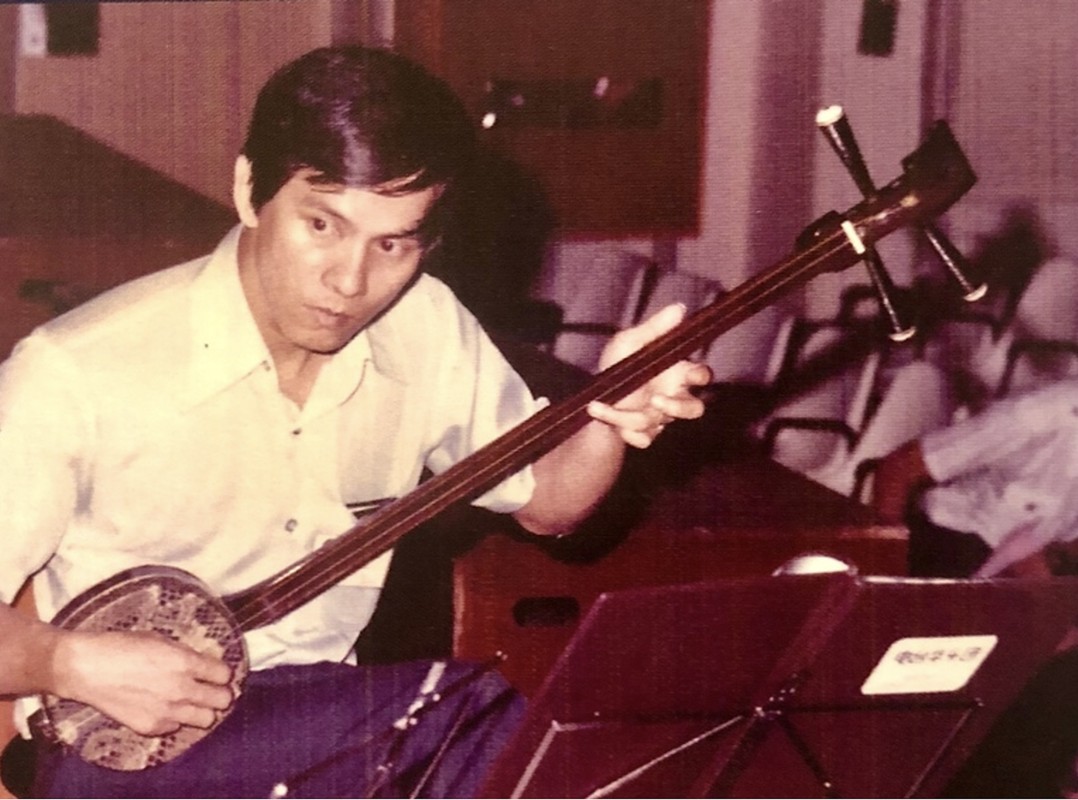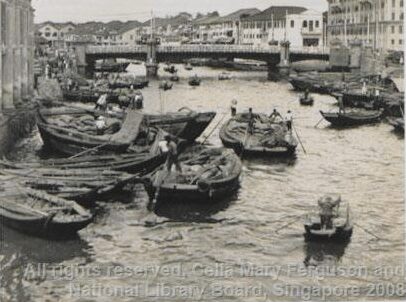Pioneer musician: Lee Howe
Lee Howe (1915–2009) was born in Changsha in Hunan province, China. After completing her secondary education, she enrolled in the Shanghai National Conservatory of Music (now Shanghai Conservatory of Music). During her time at the conservatory, she was classmates with the renowned Chinese vocalist Zhou Xiaoyan (1917–2016). She studied under several prominent musicians, including Chinese composer Huang Tzu (1904–1938).
Upon graduation, Lee returned to Wuhan, where she soon took up a position as a music teacher at Hankou City No. 1 Girls’ High School, marking the beginning of an extensive career in music education that would span five decades.
When the Sino-Japanese War erupted in 1937, Lee evacuated with the school and made her way from Guilin to Hong Kong. She had originally intended to travel by ship to Italy for further studies, but by a stroke of luck, her plans changed as the ship was passing through Singapore. She was offered a position as a music teacher at the Pay Teck Girls’ School in Malacca (now SJK(C) Pay Teck) and remained in Malacca for some time.
Long teaching career
In 1941, Lee relocated to Singapore, where she took up teaching positions at Nanyang Girls’ High School, Chung Cheng High School, The Chinese High School (now Hwa Chong Institution) and Yock Eng High School (now Yuying Secondary School). During this period, she also travelled to various countries, including the United Kingdom, Germany, and the United States, to further her studies in vocal music. She had the privilege of learning from renowned musicians, including the British conductor Sir John Barbirolli (1899–1970).


Lee dedicated over five decades of her life to music education in Singapore, nurturing many talented individuals who went on to achieve great success. Some of her proteges included early Singapore vocalists Sng Chin Hock (1939–2005), Soo Ming Cheow (1936–2002), Elena Ng Choy Luan, and Lui Chun Seng (1934–2010).
She established one of the earliest local choirs, the Lee Howe Choral Society (now Song Lovers Choral Society), making significant contributions to the promotion and development of vocal music in Singapore.
Rich creative output
Lee also had a rich creative output, where composition techniques and styles were notably influenced by her teacher Huang Tzu, a renowned composer in the 1950s. Her composition styles also share similarities with those of contemporary Chinese composer Liu Xue’an (1905–1985) and the Taiwanese composer Hwang Yau-tai (1912–2010). The songs Lee composed included:
- Choral compositions such as Yinyue de huoyan (The Flame of Music), Yuzhu feijian (Splashing Jade Beads), Song ge (Song of Praise), Na’r you (How Can That Be?), An xiang (Hidden Fragrance), and Jiyu xieyang (Message to the Sunset) (lyrics and music by Lee Howe)
- Wo jiang guilai (I’m Coming Back) (lyrics by Li Ao, music by Lee Howe)
- Zuihua yin (Drinking Amid the Fragrance of Flowers) (lyrics by Li Qingzhao, music by Lee Howe)
- Jiao shi (Reef) (lyrics by Ai Qing, music by Lee Howe)
- Qi dao (Praying) (lyrics by Yu Kwang-chung, music by Lee Howe)
- Yu meiren (Lady Yu the Beauty) (lyrics by Li Yu, music by Lee Howe)
- Gengshang yiceng lou (Scale New Heights) (lyrics by Wang Zhihuan, music by Lee Howe)
Between 1981 and 1995, Lee was a columnist for the Sifang bamian (From Every Corner) column in the lifestyle section of Lianhe Zaobao. During this period, she also contributed to the coordination and review of music-related articles for the newspaper.
Lee’s influence in the music community extended beyond Singapore. In the early 1980s, even before Singapore had established diplomatic relations with China, Lee made several visits to China. Between 1985 and 1989, she was invited to lead the Lee Howe Choral Society for performances in cities such as Shanghai, Wuhan, Urumqi, Guangzhou, and Xi’an, making significant contributions to cultural exchange between Singapore and China.
This is an edited and translated version of 先驱音乐家:李豪. Click here to read original piece.
Lee Howe Choral Society’s Commemorative Concert in Memory of the Tenth Anniversary of Mr Xian Xinghai’s Passing, 1955. | |
Song Lovers Choral Society. Yinyue de huoyan yong bu xi: huainian Lihao laoshi [The flame of music never goes out: remembering teacher Lee Howe]. Singapore: Song Lovers Choral Society, 2009. |










